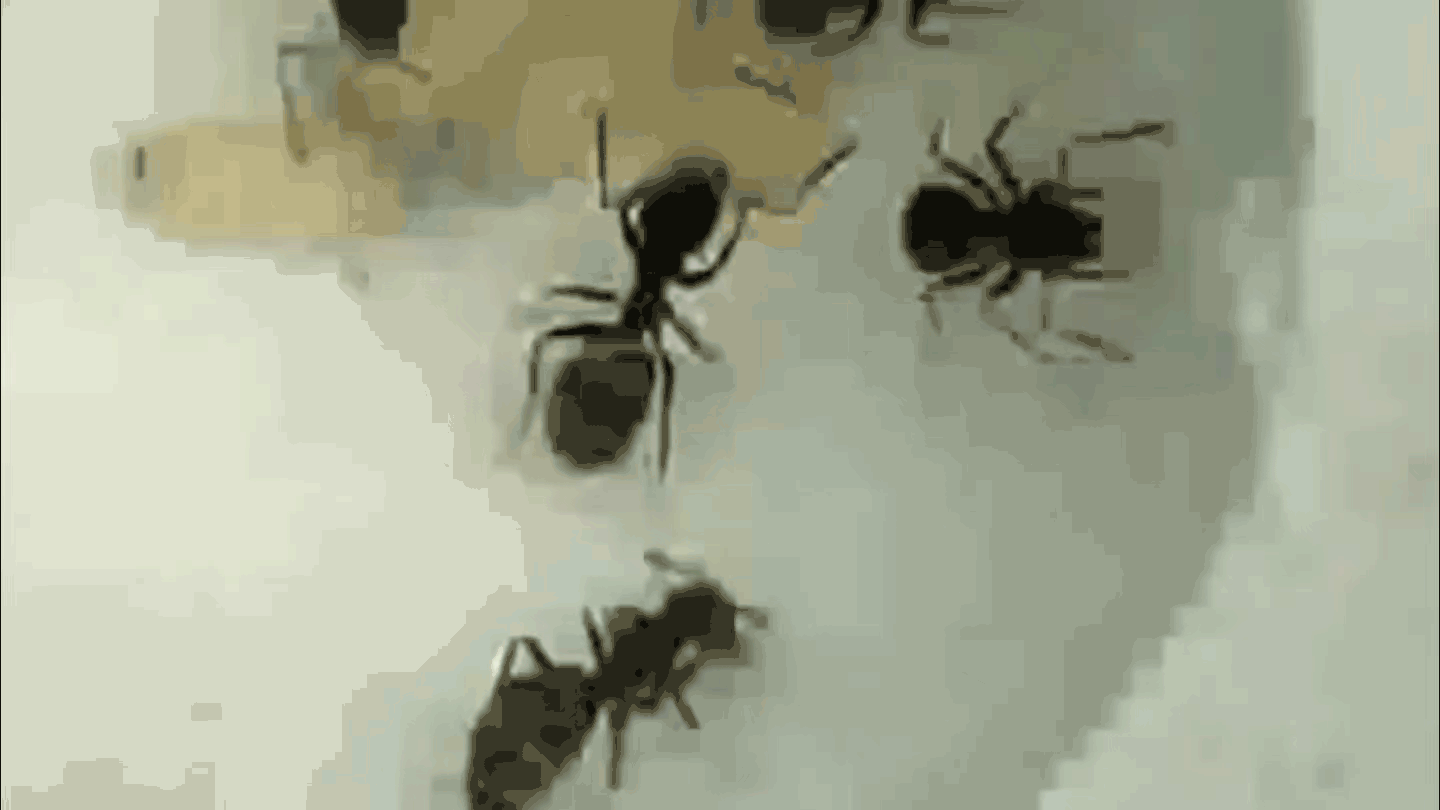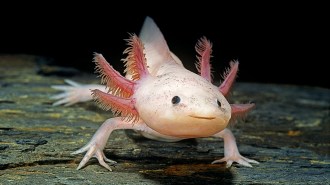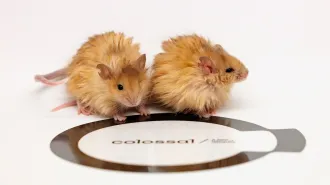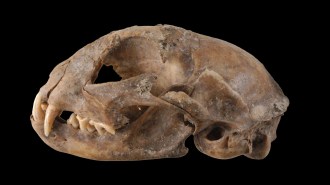Here’s your chance to see the last passenger pigeon
Martha, last of her kind, looks pretty good after a century of extinction
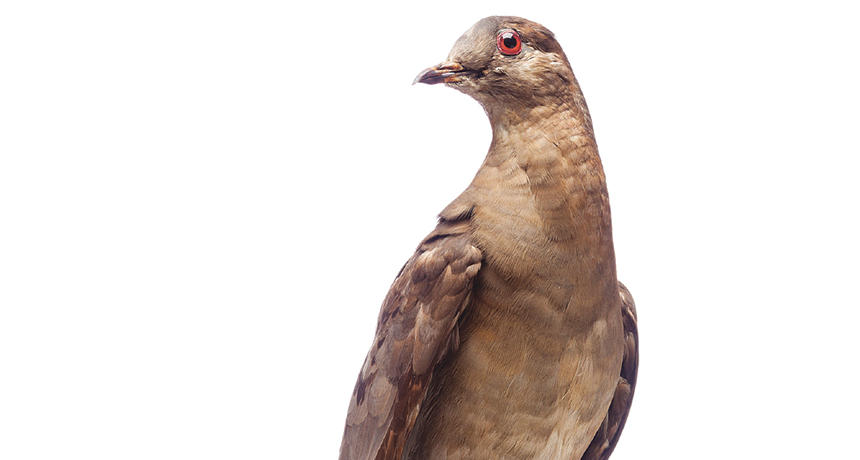
A FINAL LOOK Martha, the last known passenger pigeon, lived most of her life in the Cincinnati Zoo and died there 100 years ago.
Don Hurlbert/Smithsonian Institution
For the first time this century, one of the world’s most famous bird specimens has come out of storage for public display.
Martha, the last known passenger pigeon, is posed on a branch amid a small collection of mementos of doom — some lovely, some poignant and some ironic — at the Smithsonian National Museum of Natural History in Washington, D.C. September 1, 2014, marks the 100th anniversary of the day when keepers at the Cincinnati Zoo found the roughly 29-year-old bird dead in her cage. That day, humankind knew the exact date, a Tuesday, when a species vanished from Earth.
The spooky precision is far from the only reason the passenger pigeon haunts us. Ectopistes migratorius was so abundant that people on occasion filled potholes with pigeons. Even now, it’s stunning that humans, without particularly intending to, could in mere decades cut down a species numbering 3 billion to 5 billion birds to just Martha, and then, to nothing (SN: 8/9/14, p. 17). Numerically, it’s as if Homo sapiens at its population level in the mid-1980s were to be wiped out by the end of the current century.
Souvenirs from the pigeon-killing debacle may surprise visitors. Roasted passenger pigeon is just one of the recipes in a cookbook displayed alongside Martha by the exhibit sponsor, the Smithsonian Libraries. (Final step: “Garnish with slices of bacon and melted butter in a cup.”) And real pigeon plumage doesn’t look as beachwear cheery as it does illustrated in influential 18th century naturalist Mark Catesby’s book, also on display. “Colors only artists can see,” deadpanned Smithsonian birds curator Helen James at the exhibit opening.Visitors drawn to see Martha will also find specimens and pictures of other birds driven to extinction in North America in recent centuries. Heath hens, also once common as food, looked like their prairie chicken relatives of the Great Plains but flourished along the East Coast, even in the Boston Common. Great auks, standing penguin-upright, laid speckled eggs with one fat end and one almost pointed one. Should the waddling birds jostle an egg, the shape helped it wobble in circles rather than roll off rocky nesting sites. And if only Southern woodlands still had their flocks of green-yellow-orange Carolina parrots, which really do look gaily tropical, even next to Audubon’s print. Stopping for a glance around the now-extinct birds, James asked, “Do you feel robbed?”
After absorbing this exhibit, many visitors will.

